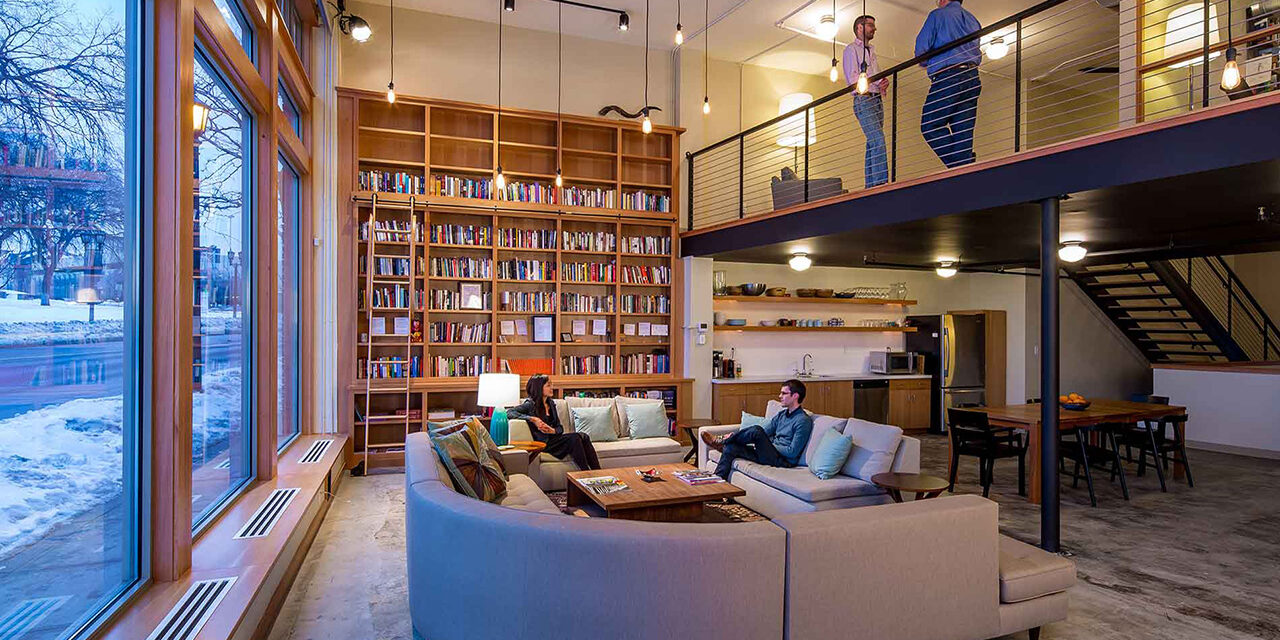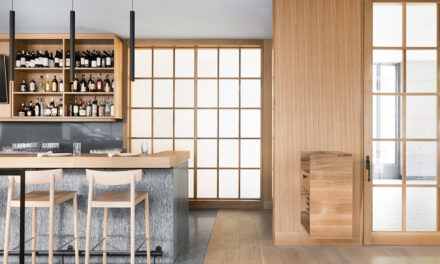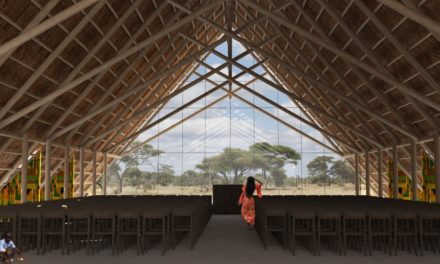Interior design does not simply ‘pick out the finishes and furnishings.’ It is an act of “livable” sculpture, carving out space for the specific needs of its inhabitants.
Close your eyes.
For a moment, take in the space around you. Without visual cues, can you describe how it feels?
Perhaps you notice the way a beam of sun comes through a window and hits your face. Perhaps you notice how ambient noises seem to reverberate around the ceiling above you. Perhaps you run your hand over a table next to you, noting its cold, textured surface. Does the space feel small? Does it feel large? How can you tell?
This visualization exercise is a tool I like to use with my interior design clients. It helps them to better understand the scope and goals of a project. I find that the process of determining a room’s feel (or desired feel) eliminates pesky specifics, directing focus toward conceptual, big-picture issues. It is also, I have realized, a great way to explain the integral, yet often misunderstood role that interior designers play within an architecture firm.
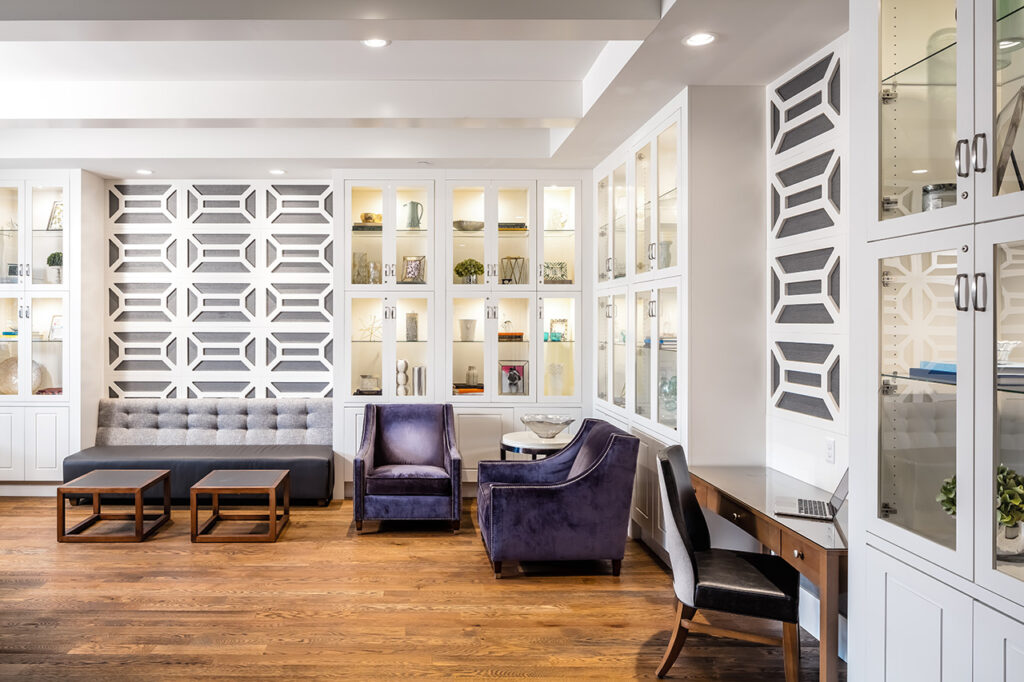
Photo courtesy of Cuningham Group
A New Definition of an Old Profession
Last month, the Council for Interior Design Qualification (CIDQ) released a revised definition of “Interior Design,” the abbreviated version of which reads as such:
Interior design encompasses the analysis, planning, design, documentation, and management of interior non-structural/non-seismic construction and alteration projects in compliance with applicable building design and construction, fire, life-safety, and energy codes, standards, regulations, and guidelines for the purpose of obtaining a building permit, as allowed by law. Qualified by means of education, experience, and examination, interior designers have a moral and ethical responsibility to protect consumers and occupants through the design of code-compliant, accessible, and inclusive interior environments that address well-being, while considering the complex physical, mental, and emotional needs of people. (Council for Interior Design Qualification, Inc. (2019). “Definition of Interior Design.” Retrieved from https://www.cidq.org/definition-of-interior-design)
To many outside the profession, this new definition may seem surprisingly technical. Replace the words “interior design” with “architecture,” and the paragraph may read, with a few exceptions, like one would expect. As our profession has continued to evolve over the years, so has the scope of the work it encompasses. Like architects, interior designers must consider permits, codes, and regulations, all while balancing aesthetics with the safety and comfort needs of a space’s inhabitants. As it stands, architecture and interior design are simply different sides of the same coin. The CIDQ’s new definition does a good job of reflecting that.
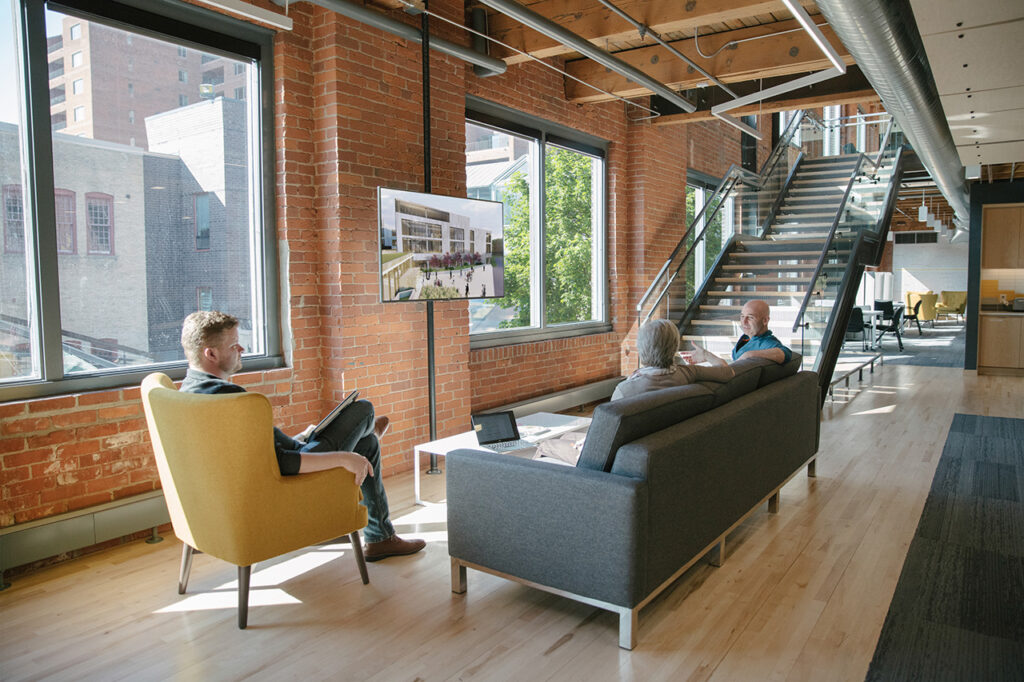
Photo courtesy of Cuningham Group
Why Redefine?
While the CIDQ’s redefinition is compelled, in part, by a trend among collegiate interior design programs to rethink how the subject is taught, it is always important for us to take a step back and consider our place in the industry on a macro-level.
There is an antiquated — yet pervasive — belief among industry outsiders that interior designers simply come in at the end of a project and pick out the finishes and furnishings. Not only is this perception factually incorrect, but it can actually be detrimental to an interior designer’s ability to successfully perform their job.
This is because, in its most distilled form, interior design is an act of “livable” sculpture. Whereas architecture – broadly speaking – considers how a building interacts with the world around it, interior design turns the focus inward, carving out a given space to fit the specific needs of its inhabitants. However, this becomes an impossible task if interior designers are simply limited to picking out carpet and choosing light fixtures. Of course, by conceptualizing it in this way, there is great deal of overlap between the two professions. And that’s exactly the point.
At the end of the day, the job of an interior designer should be to ask: “Is this space livable?” Sure, a building can be designed beautifully, but that beauty is diminished if it is unpleasant to exist within. So, if when you close your eyes and take in the space around you, you feel comfortable, then somewhere, an interior designer has done their job.
About the Author
 Michele Espeland, Principal, Interior Design, Cuningham Group
Michele Espeland, Principal, Interior Design, Cuningham Group
As a Principal, Michele Espeland directs Cuningham Group Architecture’s team of 32 interior designers. Her expertise includes the design leadership and management of projects in hospitality, gaming, retail, restaurant, and corporate market sectors.

